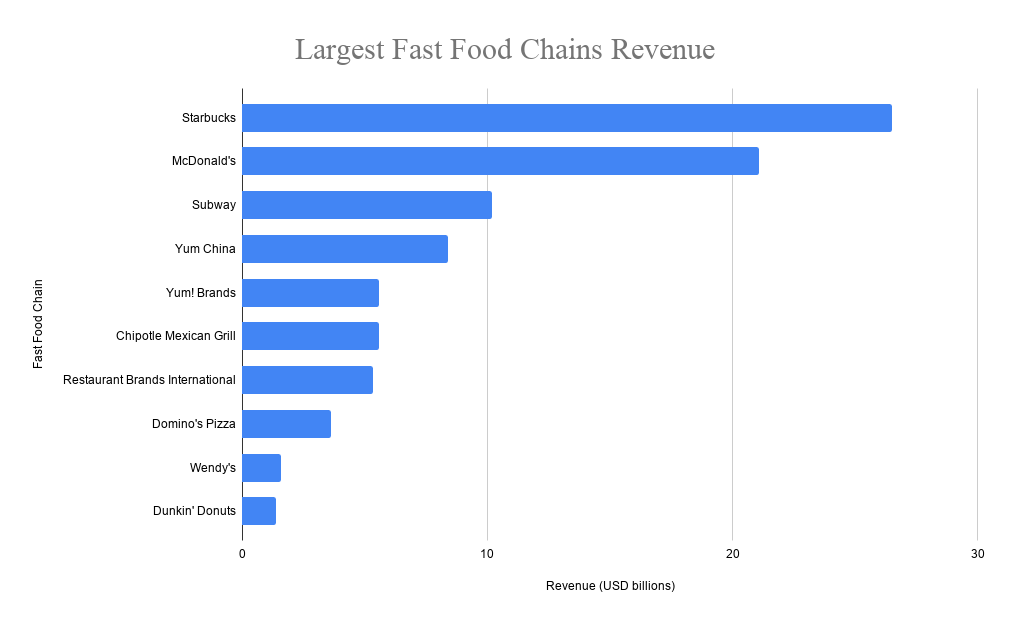In the world of industrial material handling, staying efficient while minimizing operational costs is crucial. One of the most effective ways to achieve this is through the use of a drag conveyor. These conveyors are becoming a popular choice for industries requiring reliable and efficient solutions to move bulk materials.
What is a Drag Conveyor?
A drag conveyor is a mechanical device designed to move large volumes of material efficiently without the need for extensive manual intervention. They operate using chains with scrapers or paddles, which drag the material along a trough or channel. The robust design makes them suitable for handling abrasive, corrosive, or hot materials, making them an indispensable asset in heavy-duty industries like mining and agriculture.
Benefits of Using Drag Conveyors
One major advantage of drag conveyors is their enclosed design, which minimizes dust generation and spillage, offering a cleaner and safer working environment. This feature is particularly beneficial in industries where health and safety regulations are stringent. Additionally, drag conveyors have design flexibility, allowing them to maneuver around obstacles and fit into tight spaces where other types of conveyors might not be practical.
Another significant benefit is their energy efficiency. Drag conveyors require less power to operate as compared to other conveyor types, thanks to their low-friction design. This not only reduces operational costs but also supports green initiatives by lowering energy consumption, a critical factor in today’s environmentally conscious world.
Industrial Applications
Drag conveyors are used extensively across various industries. In agriculture, they are employed for moving grain, feed, and other bulk products. In mining, they handle ores, coal, and other extracted materials. Their versatility also makes them suitable for applications in power plants, where they transport ash and other by-products efficiently.
To explore more about the different types of conveyors available and find a suitable solution for your specific needs, visit this comprehensive resource on drag conveyor solutions.
Choosing the Right Drag Conveyor
When selecting a drag conveyor, it’s essential to consider factors such as material type, handling capacity, and environmental conditions. Customization options are available to meet specific needs, so consulting with an expert can help optimize efficiency and ensure a long-lasting solution. Proper maintenance is also crucial to maximize the service life of the conveyor system.
In conclusion, the adoption of a drag conveyor can significantly enhance the material handling capabilities of any operation. With their customizable features and numerous benefits, businesses can look forward to improved performance, reduced costs, and a sustainable operational framework.


